Vitra
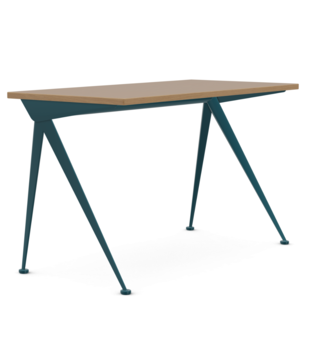
This airy and industrial Vitra desk table from 1953 by well-known designer Jean Prouvé has slender metal legs that resemble the hands of a compass.

This airy and industrial Vitra desk table from 1953 by well-known designer Jean Prouvé has slender metal legs that resemble the hands of a compass.
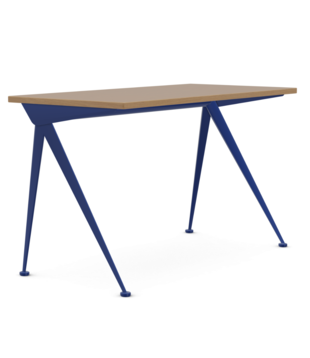
This airy and industrial Vitra desk table from 1953 by well-known designer Jean Prouvé has slender metal legs that resemble the hands of a compass.
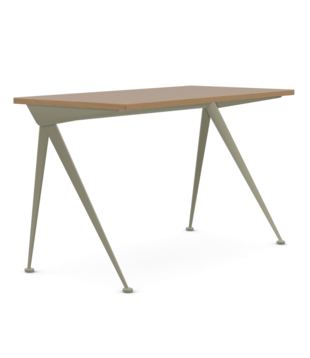
This airy and industrial Vitra desk table from 1953 by well-known designer Jean Prouvé has slender metal legs that resemble the hands of a compass.
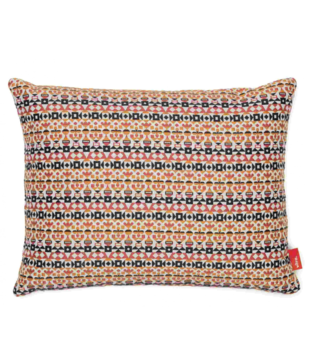
Since geometric patterns have become a fixture in the design world, this Maharam cushion is a decorative and timeless choice for your interior.
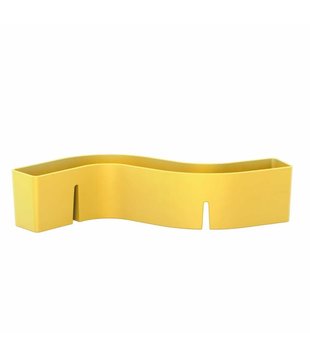
The S-Tidy organizer by Swiss designer Michel Charlot has an organic and modern design, and offers versatile uses.

The Vitra O-Tidy by Michel Charlot is a handy organizer for your desk and brings a touch of cheerfulness to your personal working environment.

The Vitra Repad, is a durable writing pad for your personal workspace, a design by French designers and brothers Bouroullec.
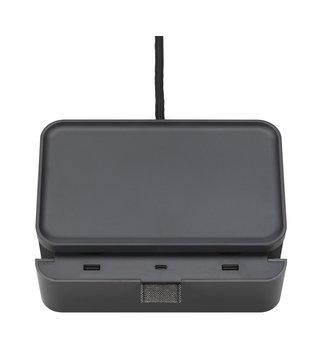
With the Vitra Ampi, any table in your home office can be quickly converted into a fully electrified workspace.
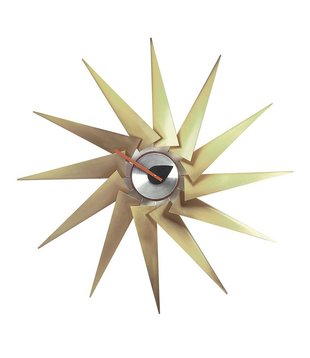
The Vitra Turbine Clock belongs to the family of wall clocks with which George Nelson wanted to bring modern design into American homes while emphasizing the spirit of optimism in the 1950s.
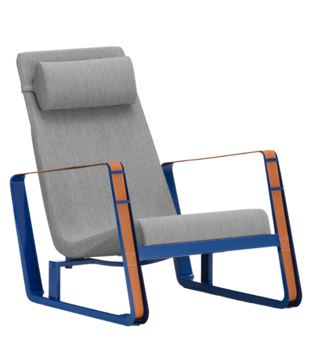
The Cite by Jean Prouve is an elegant and original eye-catcher by designer Jean Prouvé to relax in, available in many beautiful designs.
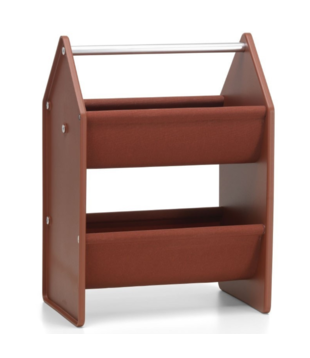
The contemporary and functional Vitra Drop Box by Konstantin Grcic's brings a whole new take on organizational storage, easy to carry around.

Charles and Ray Eames are among the most influential designers of the 20th century. The Eames Furniture Sourcebook offers a comprehensive overview of their furniture designs.
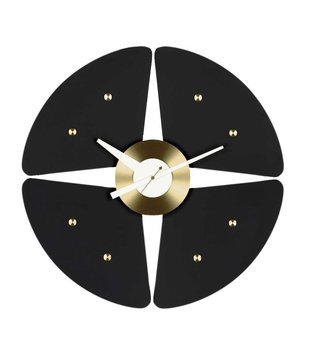
The Vitra Petal clock has become a classic design by George Nelson and it catches the eye thanks to its unique petal-shaped design, inspired by the clove with four leafs.
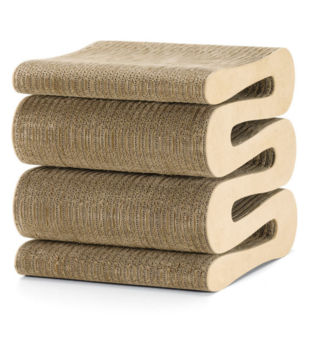
The Vitra Wiggle Stool made of corrugated cardboard is a design from 1972 by well-known architect Frank Gehry, a chair is also available.
Vitra
A family business for eighty years, Vitra believes in lasting relationships with customers, employees and designers, durable products, sustainable growth and the power of good design.
The Swiss Vitra has been producing beautiful and iconic chairs, tables, lamps and home accessories for private homes as well as offices and public spaces since the 1950s. The strength of the brand lies in the products designed by the world's most renowned designers such as Charles and Ray Eames, Verner Panton, Jean Prouvé, Hella Jongerius, the Bouroullec brothers and many others. Together with them, they make high-quality design furniture with an eye for sustainability and innovation. Vitra already has many design classics to its name, such as the very popular Eames Loungechair and the Eames Plastic Chairs. The collaboration between Vitra and Ray and Charles Eames in the 1940s/50s was therefore a golden opportunity.
The Vitra Chairs:
Vitra is well known for its chair collection. For example, there is the Panton Chair, DSW, DAR, DAW and the DSR series, all very specific and iconic by now.
The Vitra tables:
There are dining side tables and coffee tables, most designed by Charles & Ray Eames. But the tables of the other designers are also very well known, such as the coffee table by the designer Isamu Noguchi. this table has a sculptural organic shape and a ditto glass table top.
Vitra Lamps:
Then you immediately think of the Akari collection, which consists of no less than 55 versions, this series was designed by Isamu Noguchi. The series consists of floor lamps, pendant lamps and table lamps. All these lamps are still made by hand from shoji paper and therefore beautifully traditionally filtered, creating a warm glow and a pleasant atmosphere.
Vitra Clocks
All Vitra clocks are designed by George Nelson, a well-known designer from the United States. Today, the studio of designer George Nelson is considered one of the founders of American modernism and one of the most influential American furniture designers of the 1950s. Nelson was active as a designer, graphic artist, architect, exhibition organizer, design manager and design promoter. A design critic and theorist, he is also the author of a number of books 'Tomorrow's House' (1947), 'Problems of Design' (1957), 'How to see' (1977), 'On Design' (1979), and a special rich journalistic body of work that has influenced the international approach to design and architecture for decades.












